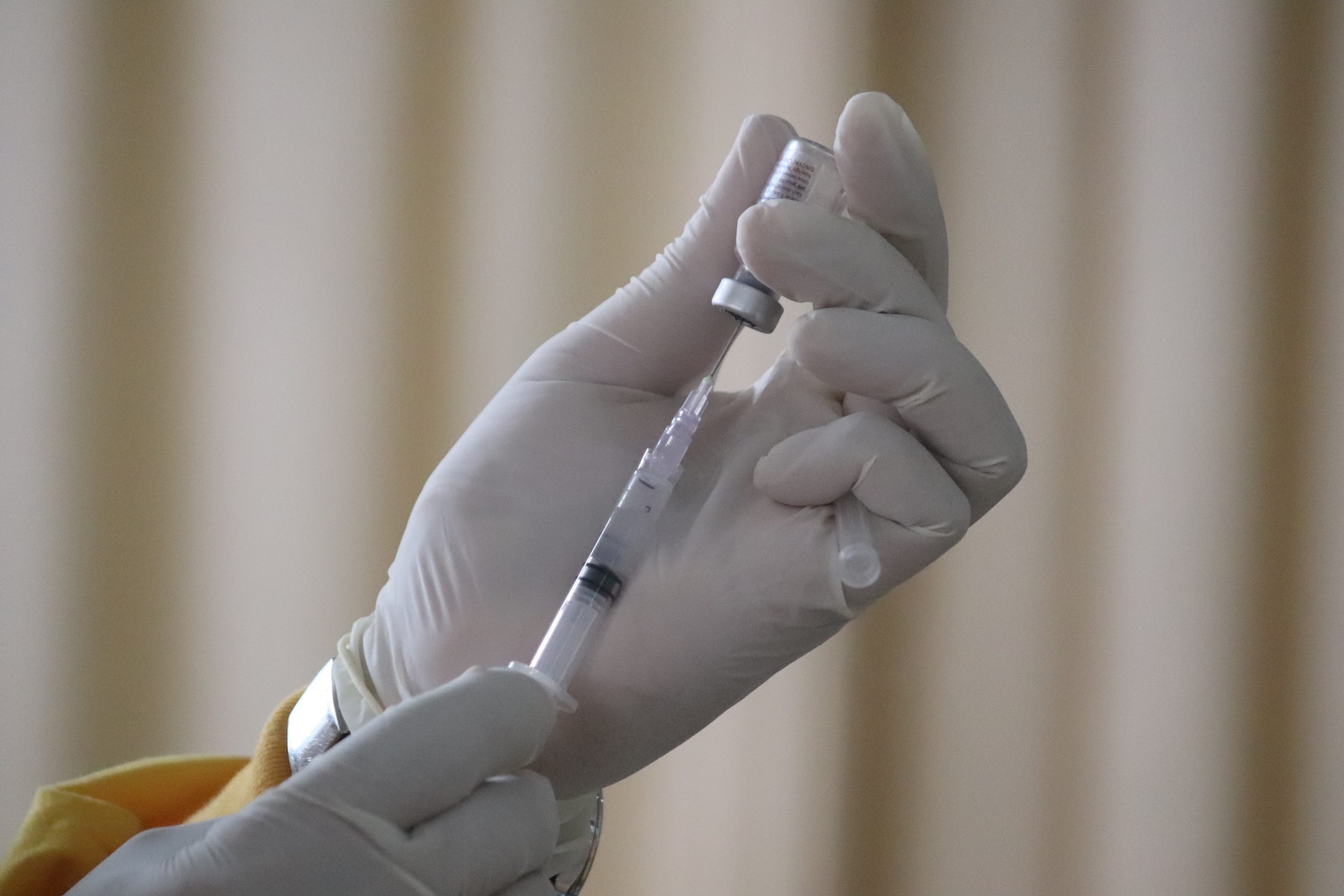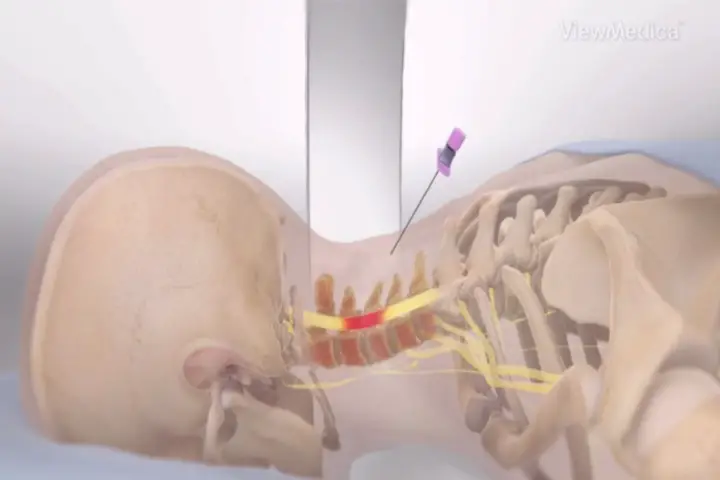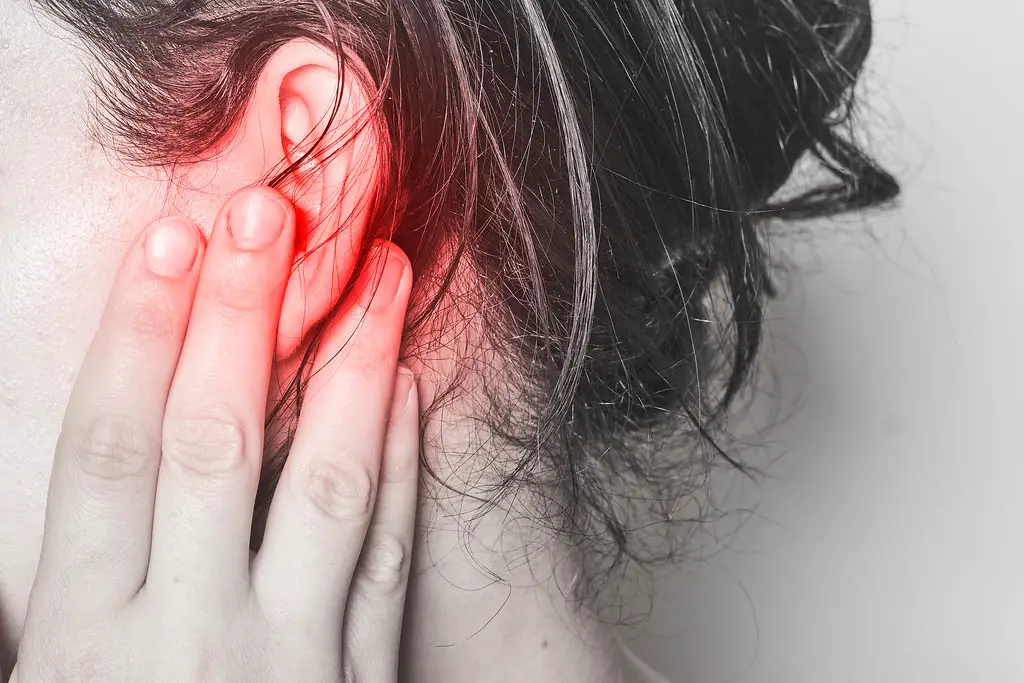Responsible for the support and mobility of the head, the base of the cervical region constantly undergoes many constraints. She is more at risk of developing musculoskeletal disorders such as herniated disc, zygapophyseal osteoarthritis. These sometimes cause intense local pain, but which can also spread to the upper limbs, which sometimes requires a infiltration treatment.
Discover in this article the opinion of a health professional on cervical infiltration C6-C7.
Definition and anatomy
Lower Cervical Spine Anatomy
La cervical spine is located just below the skull. She is made of 7 vertebrae (C1, C2, C3, C4, C5, C6, C7).
La vertebrate C1 or atlas allows the head to move forwards and backwards, then the C2 or axis allows it to rotate. The other five vertebrae play a vital role in weight bearing. They form the base of the neck and are surrounded by muscles, ligaments, blood vessels and nerves.
Discs form a junction between two vertebrae (C4-C5 or C5-C6 or C6-C7). They make it possible to absorb the shocks and the pressures which are created at the level of the zone.
Each disc is made up of a peripheral fibrocartilaginous structure (annulus) and a soft central zone (nucleus pulposus).
In the posterior face of the spine, spinal cord travels the spinal canal and has branches called cervical plexus. The latter is made up of nerve fibers (spinal nerves) that innervate the anterior muscles and the skin of the neck.
Pathology of the lower cervical spine (especially C6-C7 discs)
The stresses undergone by the lower cervical spine can impact the structures which surround it and especially, the cervico-dorsal junction (between the last cervical vertebrae and the first thoracic vertebrae).
Different types of affection can form.
Disc syndrome or discopathy
Due to the additional stress placed on the cervical vertebrae or due to age, the cartilages of the discs wear out. This causes friction between the vertebrae and leads to their deformation (parrot's beak or osteophyte).
The osteophytes can rub the nerve roots which will in turn undergo inflammation. The phenomenon causes pain that sometimes radiates to the hand, as well as weakness even going as far as paralysis in severe cases.
Disc herniation of the cervical spine
It is a protrusion of intervertebral discs, located at the lower part of the neck.
La cervical hernia generally concerns the space C5-C6 and C6-C7. This happens when the disc breaks down due to trauma that can fragment the annulus and nucleus. These form a protrusion in the spinal canal and compress the nerve roots, hence the appearance of inflammation.
A hernia located at the C6-C7 level causes muscle weakness (triceps and wrist flexors). This causes numbness as well as painful tingling that radiates to the thumb and down the side of the hand.
What is a cervical infiltration?
Inflammation of the spinal nerves at the base of the neck is the main cause of cervico-brachial pain.
To remedy this, we sometimes proceed to a cervical infiltration which intervenes directly on the source of neck pain or cervico brachial neuralgia. This solution is generally used when conservative treatments (such as medication or physiotherapy) have not worked.
The medical procedure consists of injecting an anti-inflammatory active ingredient (corticosteroids) into the targeted area. Of course, before that, the doctor injects anesthesia.
The infiltration is applied according to a measure of strict asepsis which is done within the fatty epidural space of the spinal canal. The injection is performed after a scanner which allows good precision of the needle.
The procedure lasts 15 to 20 minutes and will be followed by 48 hours of medical rest. This type of intervention is quick and effective, then it avoids the need for surgery.
For more details regarding the indications, contraindications and risks of cervical infiltration, click here.
Opinion of a healthcare professional on C6-C7 infiltration
Each case of the patients differs from one to another, so the treatment via infiltration will depend on it.
In general, one should initially follow conservative treatments to treat neck pain and cervico-brachial neuralgia.
In order to possibly relieve the symptoms, taking analgesics and muscle relaxants is recommended. In case of inflammation, taking anti-inflammatories is recommended.
On the other hand, as many people do not like taking medication, it is possible to resort to alternative treatments, grandmother's remedies or natural methods. These include neck pillows, massagers, natural products, etc.
Footnotes : Better to consult doctor's opinion for management to avoid potential interactions with other medications.
Otherwise, the practice of therapeutic exercises in kinesitherapy (physiotherapy) as well as osteopathy also constitute a favorable aid in the healing of neck pain. This will help strengthen the cervical muscles, cervical mobility and release muscle tension.
For various strategies to relieve neck pain, see the following article.
When the pain becomes chronic, it turns out that the conservative treatments no longer manage to work. Often, it is because the pain remains intolerable despite well-conducted conservative treatment lasting at least 3 months. In addition, it affects daily activities (such as hobbies or work).
It also happens that the symptoms radiate into the upper limb and cause significant paresthesias (such as tingling or numbness).
This is when you have to consider infiltration. Ideally, it avoids the operation surgery, which should be considered as a last resort or in the presence of serious impairment (such as myelopathy symptomatic or significant disc disease).
Remember that depending on the degree of the symptoms, it is possible that a single infiltration is not sufficient. Some recommend at most 3 infiltrations per year.
When the result is already encouraging after the first injection, we can say that the intervention is effective.
Otherwise, it is often considered that there is no advantage to a second infiltration.
Ideally, any infiltration should be ultrasound-guided, i.e. it should be performed with the help of themedical imaging to be more precise and increase the chances of recovery.






